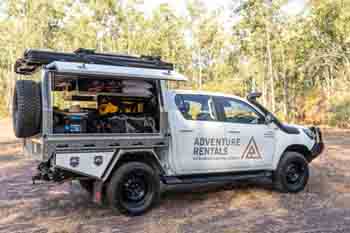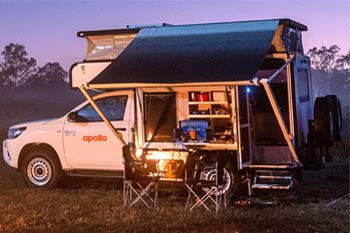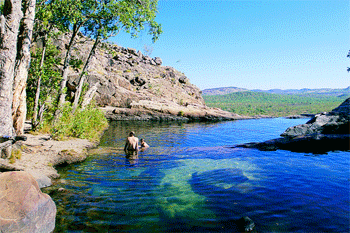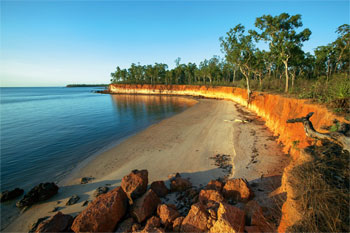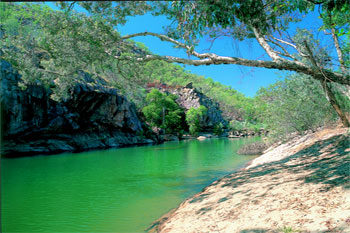
Trip Style: Selfdrive 4wd campers for adventurous travellers to Katherine Gorge and Nitmiluk National Park Australia.
Let us arrange your 4 Wheel Drive Hire to travel to Kakadu and
stay in a offroad kakadu campground between May and November from
Darwin Today!
Travel inspired by a sense of exploration driven by adventure
Visit Kakadu National Park and explore Kakadu campgrounds from May till November this Dry Season in a 4wd camper rental from Darwin Australia
Kakadu - visit at Anbangbang Billabong - 4wd unsealed road - off road access.

Anbangbang Billabong
How to get to: Anbangbang Billabong
Type of kakadu tourist desitination : Walk and hike
in Kakadu
Soak up the serenity of Anbangbang Billabong on this short circular
walk - with Nourlangie forming a spectacular backdrop. This
is an easy, quiet walk through savanna woodlands and paperbark
forest, all framing a billabong teeming with bird life. Anbangbang
Billabong is an incredible part of Kakadu, relaxing and inspiring
at any time of the day.
Anbangbang Billabong is filled by runoff from Nawurlandja and Nourlangie and the overflow from Nourlangie Creek. It is cut off from its sources during dry periods. When water levels rise during the wet, aquatic plants grow and feed many species of fish and other aquatic animals. As water gradually recedes and evaporates during the dry, this shallow billabong attracts waterbirds. The water also attracts dingoes, wallabies and woodland birds. Bininj women wade through the billabong plunging long sticks into the water seeking file snakes and longnecked turtles. Children collect water lilies to eat. Men hunt magpie geese, wallabies and goannas.
Freshwater mangroves (Barringtonia acutangula) line the edges of billabongs and rivers and are never far from permanent water. Bininj pound the bark of freshwater mangroves to make a poison to stun fish. Their flowers signal that it is time to collect freshwater mussels. Watch out for caterpillars on this tree – they can cause severe skin irritation.
Wildlife
Anbangbang Billabong is habitat for many species of waterbird.
Take your binoculars, camera or sketch book as this billabong
hosts magpie geese, green pygmy geese, egrets, comb-crested
jacanas, cormorants, corellas and red-tailed black cockatoos,
just to name a few! Different birds have different features
to help them catch their food. Pelicans catch large fish in
their enormous bills as they paddle through the water. Darters
have long necks that dart forward to spear fish on sharply-pointed
beaks. Long-legged spoon bills wade through the shallows sifting
small aquatic animals from the water with their long spoon-shaped
bills. With short bills magpie geese can eat sedges and grasses
and dig up bulbs. Their partially webbed feet enable them to
both perch in trees and swim.
The fringing woodlands are home to more species of plants and animals than any other Kakadu habitat. In the early mornings and evenings, agile wallabies move out of the woodlands to graze beneath the paperbark trees by the billabong. Once you’re finished, take a seat at one of the many picnic tables and enjoy a lazy lunch before heading to Nawurlandja Lookout.
Facilities
![]() :
Drinking water
:
Drinking water
![]() :
Toilets (flushing)
:
Toilets (flushing)
![]() :
Showers (hot water)
:
Showers (hot water)
![]() : No rubbish bins
: No rubbish bins
![]() : No power
: No power
![]() : No generators permitted
: No generators permitted
![]() :
Alcohol permitted
:
Alcohol permitted
![]() :
Picnic area (BBQ)
:
Picnic area (BBQ)
![]() :
Fire pit
:
Fire pit
![]() : No boat ramp
: No boat ramp
![]() : No swimming pool
: No swimming pool
![]() : Yes carpark
: Yes carpark
![]() : Picnic tables
: Picnic tables
Suitable for
![]() :
Tents
:
Tents
![]() :
Camper trailers
:
Camper trailers
![]() :
Caravans
:
Caravans
Nearest hub
Cooinda
Amenities at hub
![]() :
Park passes
:
Park passes
![]() :
Fuel
:
Fuel
![]() :
General store
:
General store
![]() :
Meals
:
Meals
![]() :
Restaurant
:
Restaurant
![]() :
Bar
:
Bar
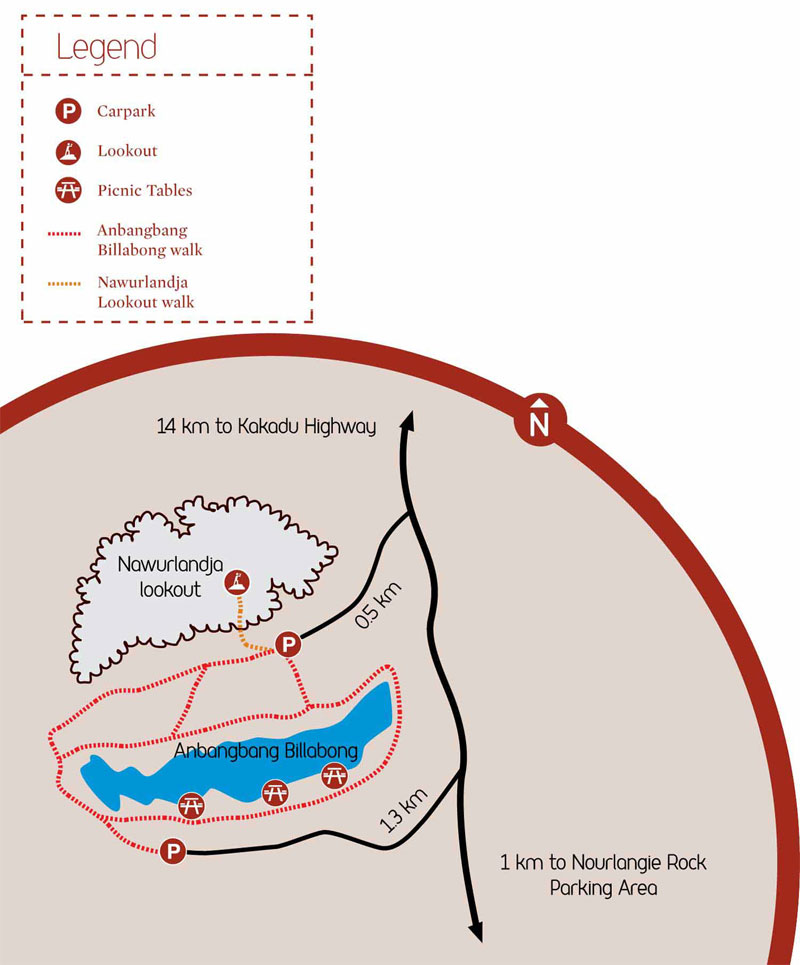
Be
Crocwise: Fishing, boating and swimming safety tips for vistors
to Darwin, Kakadu and the Top End
Also
see other campgrounds and camping in Kakadu
Kakadu Campground Photo Credits: Parks Australia
-
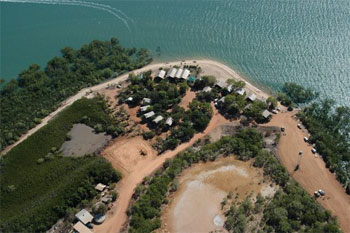
Crab Claw Island
-
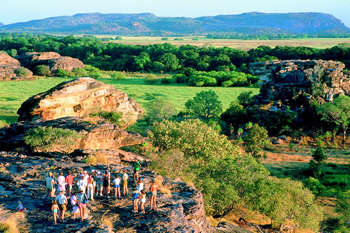 Kakadu rock art
Kakadu rock art
Ubirr rock art gallery and hike in Kakadu National Park
-
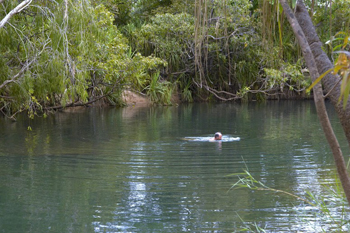 Daly region 4wd access tracks
Daly region 4wd access tracks
Tjuwaliyn (known as Douglas) Hot Springs in the Daly Region NT -
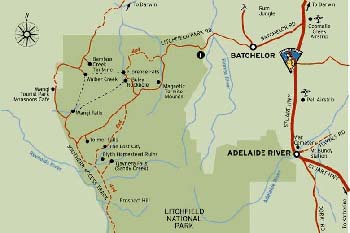
See about the waterfalls
Litchfield National Park spend 1-3 days exploring the sights here
